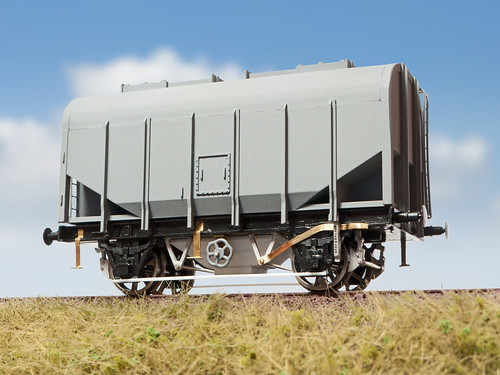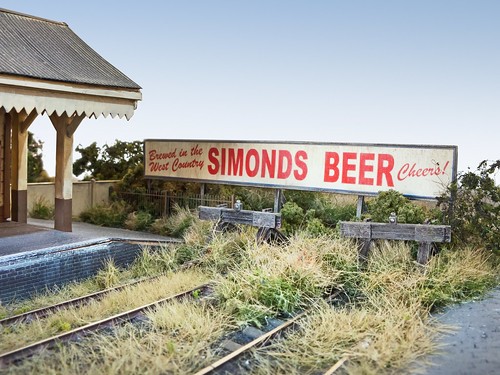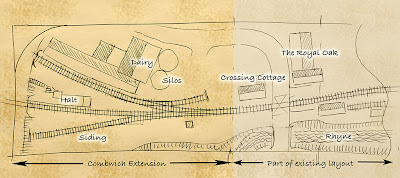I haven't had a jab at model railway enthusiasts for some time, and I know that quite a few of you, the loyal readers, enjoy my pokes at some of the odder people that make this hobby so special, so here goes and I don't even mention armchairs for a change .....
Anyone who takes their trainset out on the road will no doubt get these solitary types that hang around their pride and joy peering over their glasses just a little longer than most. They're easily spotted because they'll tend to dwell on one particular area longer than anyone else, concentrating on something or other which isn't immediately obvious. After 10 minutes or so they'll try to capture your attention, you of course know this and will almost by instinct pretend they're not there by conveniently finding a member of the audience to chat to, or simply disappear off to the fiddle yard murmering something about swapping some trains around.
Like flies to a smelly horse, they don't normally give up and will almost certainly fail to notice the layout owner's body language which says 'go away', 'bog off', or maybe something far too colourful to type here. When they do finally strike like an oversized hungry mosquito on a mission, this will always be when you briefly let the guard down as you nip around the front of the layout to re-attach the drape or deal with a tricky 3 link coupling. Damn and blast!
These are of course the nit-pickers, they're those who have probably never built anything, but purely go to shows to find to their eyes what are errors and failings, then take a great delight in correcting the builder. When they're not at shows they'll be hanging around on internet forums giving 'helpful advice' when they could be doing something more useful like hoovering the carpet or sorting out 'mother's meals on wheels' or counting the sprocket holes on a roll of 35mm film.
My most recent one was at the
Guildford show, this one was standard-issue complete with gabardine raincoat and one of those shopping bag/basket things with wheels and a handle, you know the model, the one with go-slower tartan pattern to go with the matching thermos. The subject of his observation was the Simonds Beer hoarding on Combwich, and off he went with the usual nasal diatribe; "Young man, do you know where Simonds Brewery was? It wasn't in the West Country but Reading! This is completely wrong!"
Flies and mosquitoes can be swatted, but slapping a member of the public is likely to involve a night down the local nick, so one has to retaliate verbally with a well rehearsed explanation; "it's based on such an advert that greeted motorists on the A38 as they drove through Bridgwater and underneath the Edington Junction to Bridgwater branch of the old SDJR in the early 1950's". This is of course quite true and for those that have Mac Hawkins' 'Somerset & Dorset Then and Now' book, have a look at page 212 there is the proof. The nit-picker was wrong for a change and hence the reason for this post.
Simonds Brewery, whilst indeed it was in Reading, the period advert proclaimed 'Brewed in the West Country', which with today's heavy advertising regulation would be hard to justify, but I presume in 1950's Britain, things were a little more relaxed, and of course Reading is west of Heathrow which might have been enough for the brewery to get away with such a claim!
So, all you know-alls out there, not everything in this world makes complete sense, you're not an authority on everything, and not everything must be taken too literally. But most importantly, there can be a prototype for almost anything if you look hard enough - which is great for us who actually do some model making. Of course Daily Mail readers/Jeremy Whine viewers will say that I should have an information board on the layout explaining this, but it's far more fun to catch the nit-pickers out this way to their face, even if just to treasure albeit too briefly the disappointment on their faces as they wander off to irritate somebody else.









